As of today’s date, and in the current economic and financial context the country is going through, the acquisition of new attack submarines for the Argentine Navy seems like a utopia, as it has lacked this capability since the loss of the ARA San Juan. However, as previously reported, Report No. 139 from the Cabinet Chief’s Office to the Senate of the National Congress addresses this issue with specific questions. Similar to the previous administration, there are two plans for incorporating this class of units. The first plan stipulates the acquisition and some local construction of three units, while the second, short/medium-term plan, sets the acquisition of a decommissioned second-hand unit.
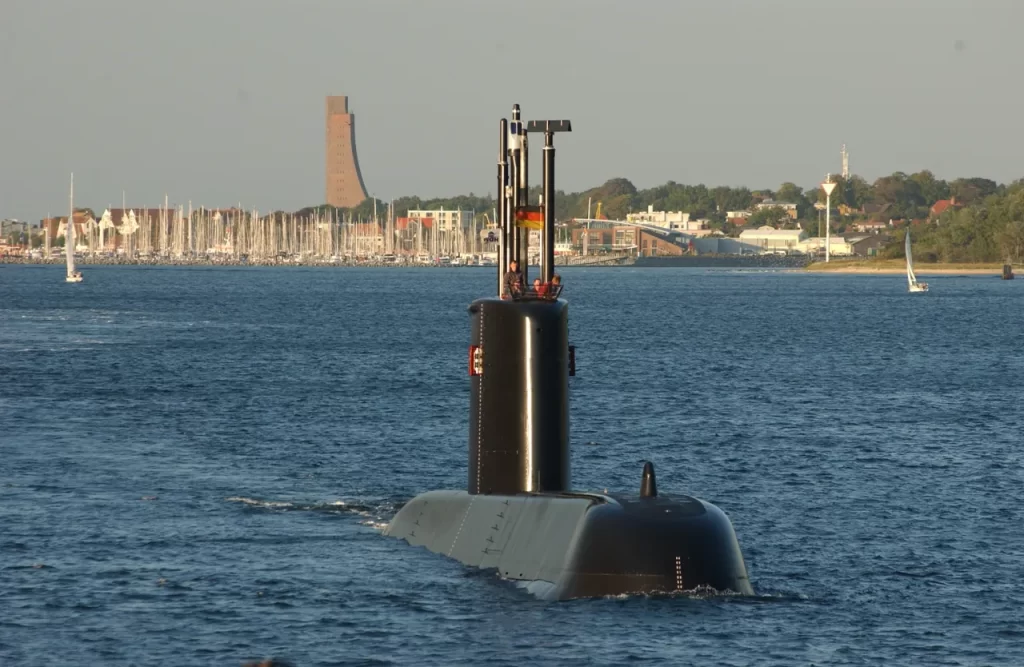
When asked by the Senators about this point in Report No. 139, the Chief of Cabinet, Nicolás José Posse, informed them of the official stance and plans regarding the recovery of Argentina’s submarine force. The response follows the one formulated in previous reports, adding the evaluation of second-hand units so that the Submarine Force Command has an operational submarine for the practical training of new cohorts of personnel.
The report summarizes the response as follows: “On the other hand, for the Argentine Navy, several offers are being evaluated for the construction of 3 ‘SCORPENE’ class or ‘209’ class submarines. Additionally, the possibility of acquiring a ‘transitional’ submarine is being evaluated. The timeline for the incorporation of these systems is an integral part of the ongoing discussions.”
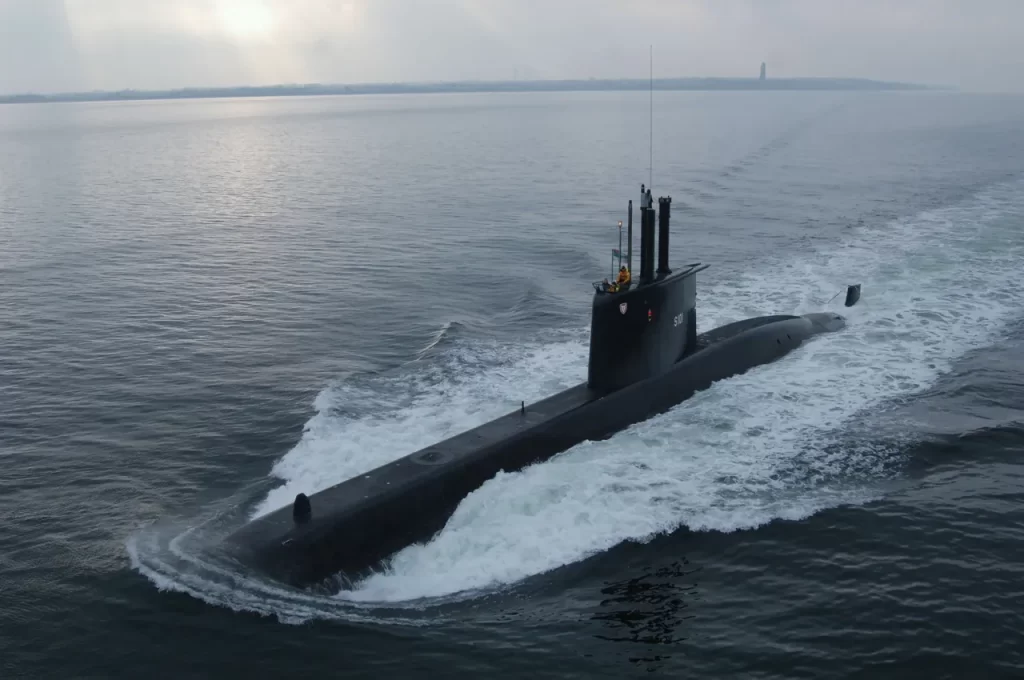
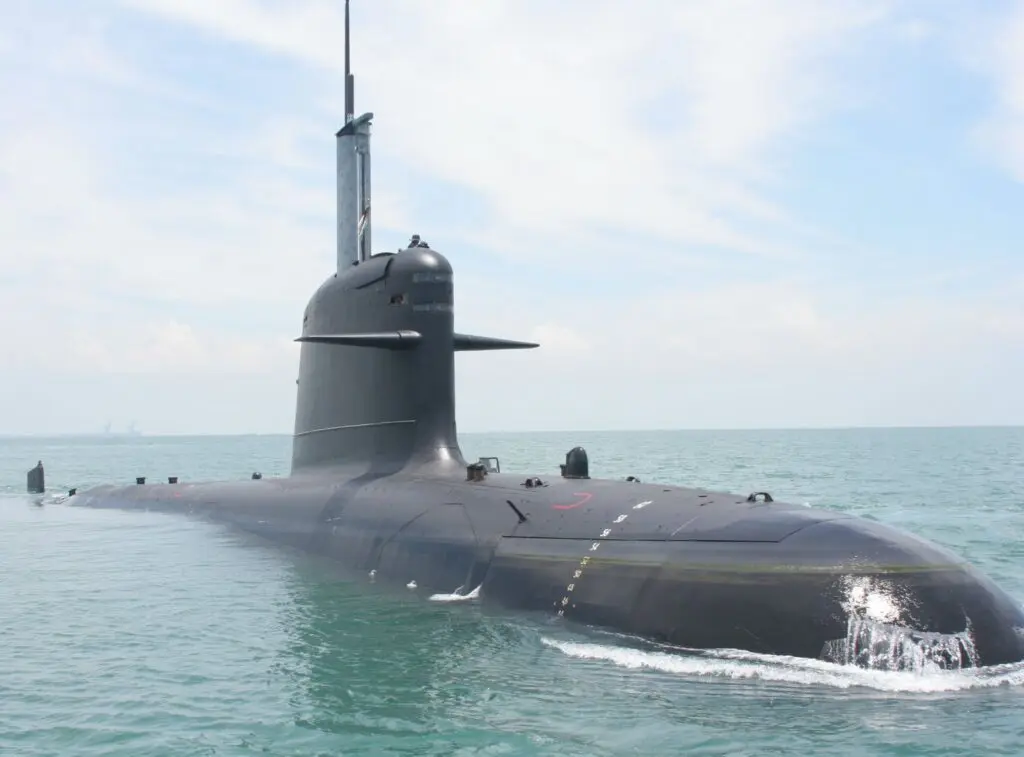
During the management of former Defense Minister Jorge Taiana, various visits to European companies and shipyards were made, without advancing beyond the presentation and reception of proposals, which, as usual, remained under evaluation and study. Firstly, both proposals share the common basis of providing three conventionally powered or diesel-electric attack submarines, with options for local construction or assembly at TANDANOR. The shipyard, located in the Autonomous City of Buenos Aires, received technical visits from delegations of one of the companies in the past to assess its capabilities.
The proposal for new units comes from the French firm Naval Group with its Scorpene-class submarines, which are widely accepted by various navies worldwide, with the Brazilian Navy’s locally built Riachuelo class serving as a regional benchmark. There is also a recent agreement with the Indonesian Navy to equip their force with a new version called Scorpene Evolved.
The other possibility consists of the new versions of the Type 209 submarines proposed by the German shipyard TKMS (ThyssenKrupp Marine Systems), which the Argentine Navy has previously operated, and which continue to be built today. An example of this is provided by the Egyptian Navy, which has incorporated extensively modified and adapted units to meet their operational requirements.
Lastly, as a short-term study to incorporate a second-hand unit, the current Defense Ministry management expressed that it is studying options. In this regard, it is worth recalling the past meetings between Argentine and Brazilian officials where the possibility of incorporating Tupi-class submarines from the Brazilian Navy, which are being decommissioned with the introduction and commissioning of the Riachuelo class, was discussed.
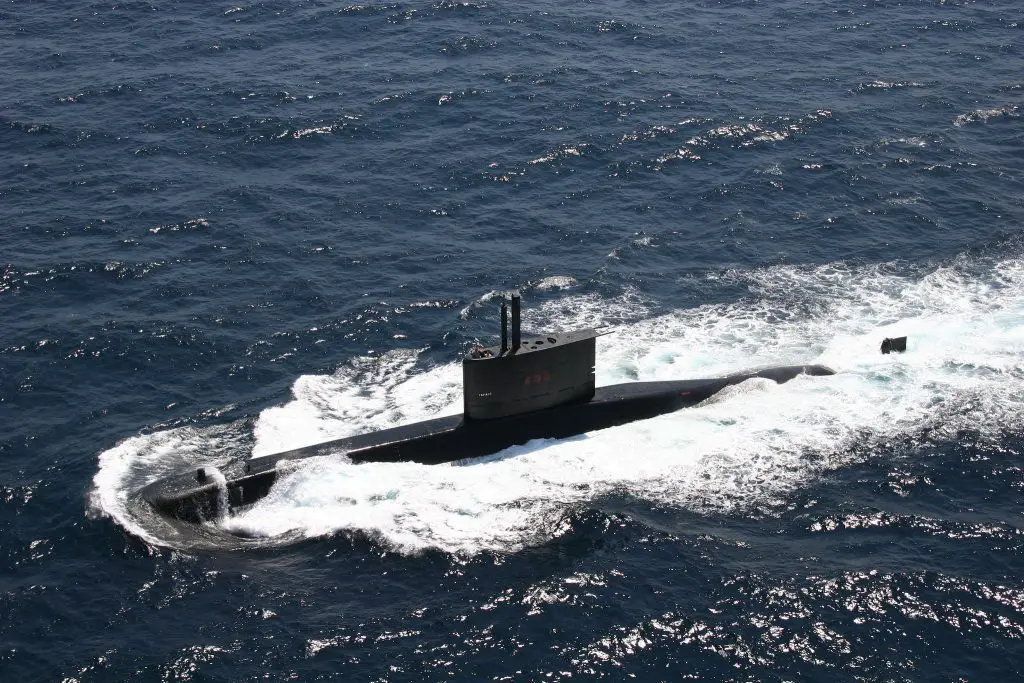
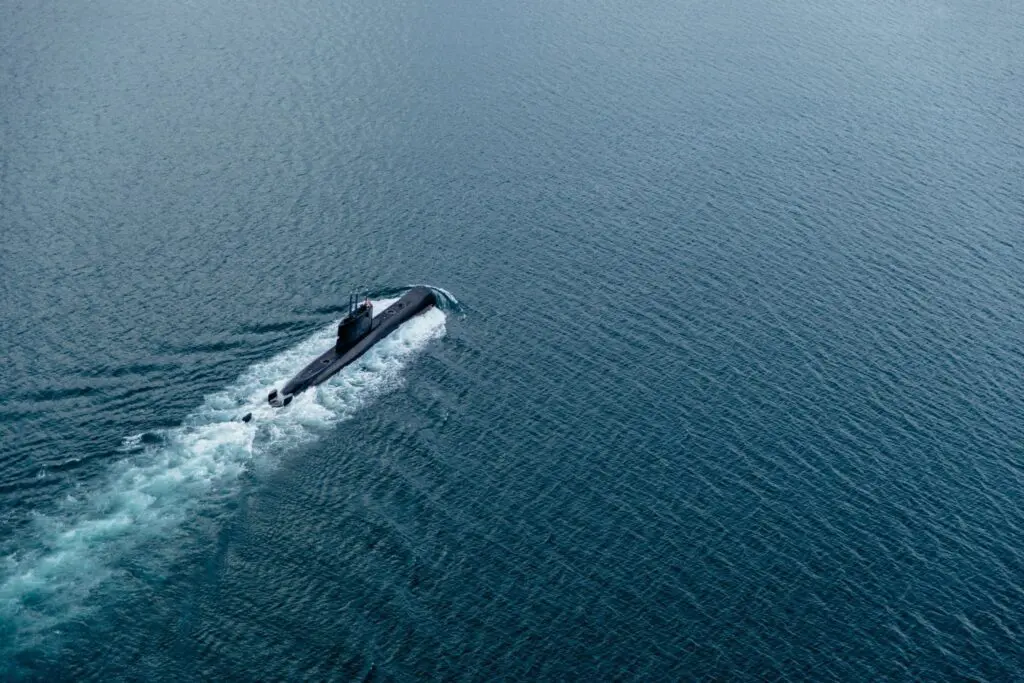
Another option under evaluation, and revived from the 2015-2019 administration, is the possibility of acquiring Ula-class submarines from the Royal Norwegian Navy, which are planned to be replaced in the future by the new Type 212CD being built by TKMS. However, this option seems complex at first glance, as the force, in the current European context and while waiting for its new units, would not part with one of its Ula submarines until it receives the first of the new Type 212CD, scheduled for incorporation in 2029.
*Photographs used for illustration purposes.
You may also like: After the F-16 – The necessary recovery of the Argentine Army’s anti-aircraft artillery of cannons and missiles









